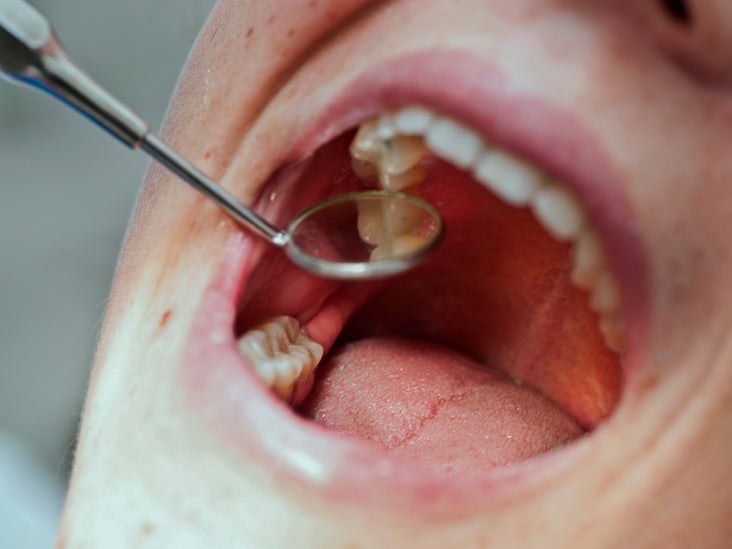
Hypoplasia refers to a lack of cells in an organ or tissue. It can cause a range of different symptoms depending on where in the body it occurs.
Many conditions involve hypoplasia. A person with one of these conditions may experience difficulty with using a certain part of their body.
For example, optic nerve hypoplasia can lead to problems with the eye.
This article will discuss what hypoplasia is, its causes, and some treatment options.
Hypoplasia affects the development of a tissue or organ due to a lack of cell growth.
Conditions involving hypoplasia are typically the result of a problem at birth that causes too few cells in a tissue or organ. This lack of cells can cause problems with the functioning of the tissue or organ.
Hypoplasia can occur in many different areas of the body, and a range of conditions involve hypoplasia.
Some examples include:
- Cerebellar hypoplasia: This can be part of a number of congenital syndromes and metabolic and neurodegenerative conditions. It results in an abnormally small cerebellum, which can lead to problems with motor function and muscle development.
- Thumb hypoplasia: Some children develop abnormally small thumbs, which tends to cause problems with gripping objects or using the hand.
- Enamel hypoplasia: This causes insufficient enamel on the teeth, which can lead to lines or grooves on the surface of the teeth.
- Optic nerve hypoplasia: An underdeveloped optic nerve can cause abnormal eye movements or vision problems.
Hypoplasia typically causes problems with how a tissue or organ functions. The consequences of hypoplasia depend on what area of the body it affects.
For example, enamel hypoplasia causes symptoms that include:
- yellow, brown, or white marks and stains on the teeth
- grooves or depressions along the teeth
- hypersensitivity of the teeth to heat or cold
- accumulation of bacteria and tooth decay
These symptoms vary greatly from those of cerebellar hypoplasia, which affects the cerebellum.
Cerebellar hypoplasia is a feature of several congenital malformation syndromes, including Walker-Warburg syndrome, which is a form of muscular dystrophy.
It is also associated with several inherited metabolic disorders, such as Williams syndrome, and some of the neurodegenerative disorders that begin in early childhood, such as ataxia telangiectasia.
According to the National Institute of Neurological Disorders and Stroke, because the cerebellum plays an important role in motor coordination, the symptoms of disorders involving cerebellar hypoplasia can include:
- abnormal eye movements
- headaches
- dizziness
- loss of muscle tone
- involuntary movements, such as eye movements
- seizures
- hearing impairments
- intellectual disability
- lack of muscle control or coordination, such as difficulty speaking, walking, or swallowing
Hypoplasia describes a lack of cell growth, but aplasia is a complete lack of an organ or tissue. People with hypoplasia will have a tissue or organ with too few cells. Aplasia means that there is no tissue or organ at all.
For example, ureteral aplasia is the lack of a ureter, which is the tube that carries urine from the kidneys to the bladder. Ureteral hypoplasia, on the other hand, occurs when the tube is present but underdeveloped.
Dysplasia refers to abnormal cell development within tissues or organs. For example, it may cause cells to grow at an abnormally high rate. This can lead to abnormal growth or tumors.
Atrophy, such as muscle atrophy, occurs when an organ or tissue becomes smaller after reaching a normal size. Conditions with atrophy typically involve cell loss or damage.
For example, spinal muscular atrophy occurs when muscles shrink due to a lack of stimulation from nerve cells. Muscles are typically fully developed at one point, but atrophy then causes a loss of muscle cells and functioning.
Many conditions involving hypoplasia are due to a congenital problem. Congenital problems are those that occur at or before birth.
For example, cerebellar hypoplasia is usually due to a problem during the development of an embryo’s nervous system.
Genetics play a major role in many congenital problems. For example, an infant can inherit a faulty gene from a parent. Genetic mutations can also occur suddenly at birth.
Environmental factors can also cause congenital problems. For example, substance misuse during pregnancy can increase the risk of a congenital problem.
A combination of genetics and environmental factors may also lead to congenital problems.
In some cases, there is still no known cause of hypoplasia. For example, this is the case with thumb hypoplasia.
The treatment options for hypoplasia will depend on the specific condition it is present with.
In many cases, there is no cure for these conditions. So, treatment usually aims to reduce the symptoms and provide support to people with the conditions.
Treatment will also depend on the severity of the condition. Surgery is another option for some more severe cases.
For example, thumb hypoplasia might involve the surgical reconstruction of the thumb. A surgeon may operate on the joints and ligaments in the area or use skin grafts. Surgery can improve the functioning of the hand.
Most conditions involving hypoplasia are lifelong. Treatments are available to help with the symptoms and provide people with comfort and support.
The outlook will depend on the severity and location of the specific problem.
Hypoplasia describes a lack of cells in tissues or organs that affects their functioning. Conditions with hypoplasia are usually the result of congenital problems, and they are typically lifelong.
The type and severity of problems associated with hypoplasia vary widely.
Many different conditions can involve hypoplasia. Each condition may require different forms of treatment.
"Occur" - Google News
November 13, 2020 at 05:41PM
https://ift.tt/3pkjSil
Hypoplasia: Where it can occur, causes, effects, and treatment options - Medical News Today
"Occur" - Google News
https://ift.tt/2Qqpsjw
Shoes Man Tutorial
Pos News Update
Meme Update
Korean Entertainment News
Japan News Update
Tidak ada komentar:
Posting Komentar